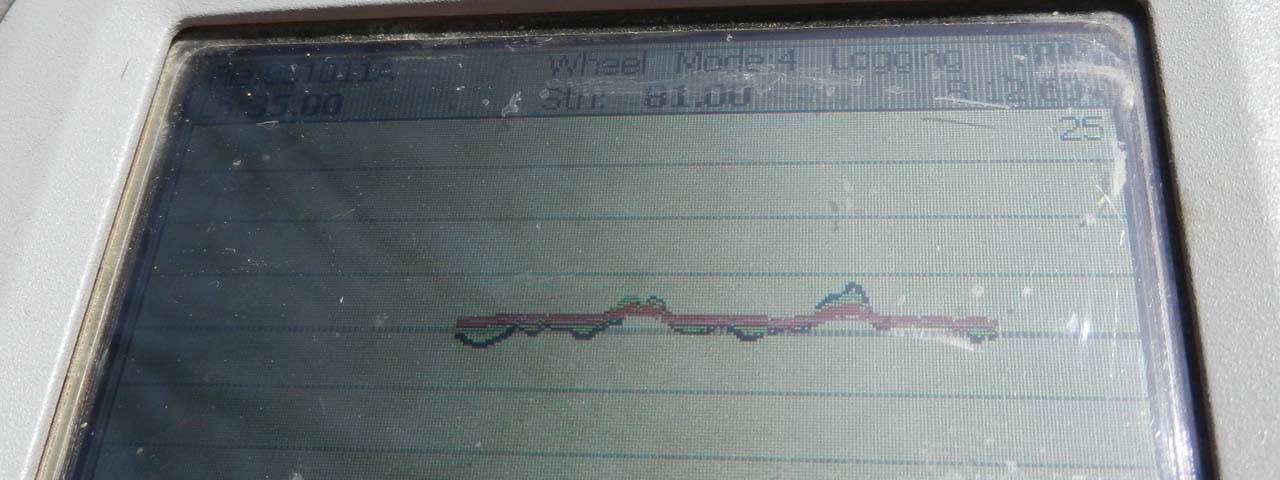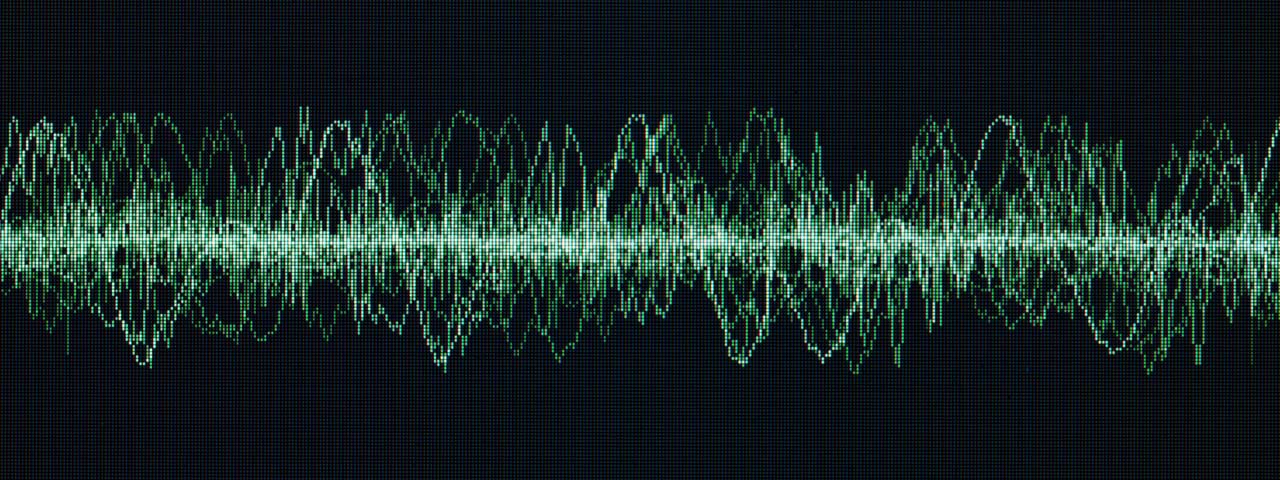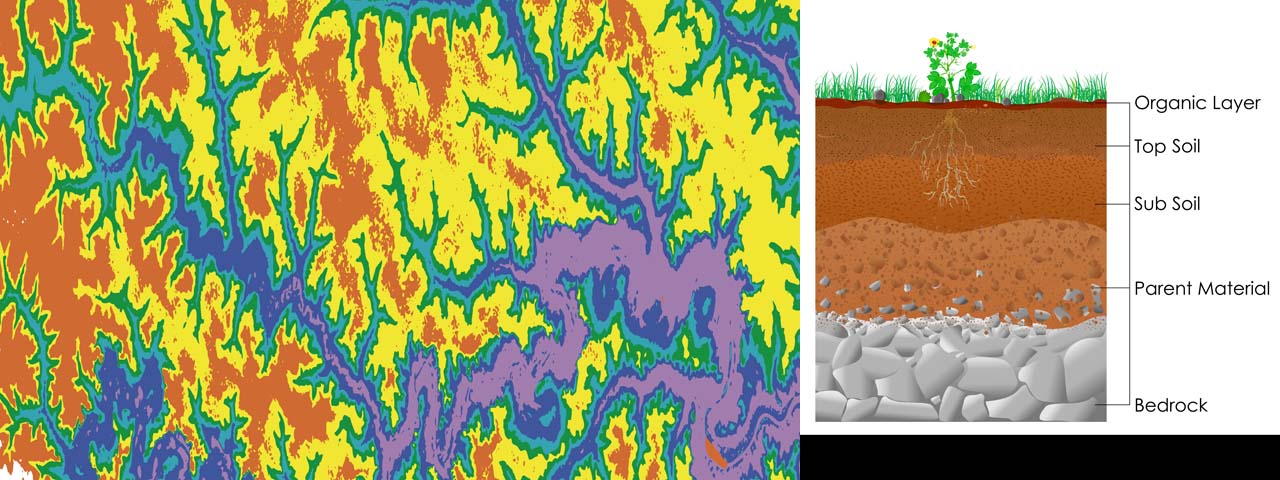EM61 detection of ferrous and nonferrous metals
Will the EM61 detect both ferrous and nonferrous metals? Yes! The EM61 does, in fact, respond to both ferrous and non-ferrous metals! Let’s first quickly review how the EM61 detection occurs. The EM61’s transmitter coil carries a current that creates a strong primary magnetic field that has the potential to intercept a metal target. Once the transmitter current is stopped, the …



